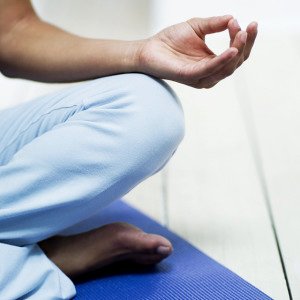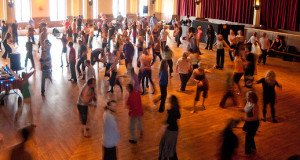
 This is one of my favorite questions. In part because meditators really CARE about this.
This is one of my favorite questions. In part because meditators really CARE about this.
Short answer: Yes, there are a lot of them!
Long answer: There are many compelling ideas on every side of this conversation… here are a three different view points to get you started.
I. Sitting Practices: Why you might want to choose a sitting practice…
- Aligning the spine is good for physical health & the functioning of body systems,
- The body exerts minimal energy to stay erect in this postion meaning that you can focus on other things (like being present)
- Chronic & accute pain (sometimes from the practice of sitting itself!) can be ameliorated by practicing acknowledging & accepting the pain. Jon Kabat-Zinn, the father of the modern mindfulness movement in the West, is famous for using it this way for thousands of hospital patients. Wonderful for pain sufferers.
- The position itself becomes a signal to the mind-body that meditation is happening

- It looks cool. Heh. Seriously, everyone knows that you’re meditating in this position, which is handy when people walk into the room. And it makes great posters, especially if you’re sitting on a rock next to the sea.
Sitting practices are more masculine & still. They are great for people who:
- Thrive with structure or who want to introduce some into their lives
- Are visual or auditory and want to “park” their body so that they can focus on other things like sights or sounds
- Are kinesthetic (body oriented) and find movement to be really distracting
- Are kinesthetic and want to focus on subtle sensations
II. Moving Practices: Why you might want to dancing or moving practice (i.e. the practice “position” is dance or movement)…
- Movement is the body’s natural state
- Movement promotes healthy functioning of systems, including passive systems like lymphatic that require movement in order to function.
- Natural functioning of the body can be restored (spines straighten, eyes improve, muscles relax and tone, etc).
- Can be used for chronic and acute pain relief
- Being in the studio, room, space and/or turning on the music becomes a mind-body signal that meditation is happening
- Interestingly, it is difficult to tell by looking at you that you are meditating, which is why there are so few “movement” images that are popularly associated with meditation.
 Moving practices are more fluid, feminine and active. They’re great for people who:
Moving practices are more fluid, feminine and active. They’re great for people who:
- Prefer to move & express
- Have super active minds and want a fun, active, interesting way to meditate
- Like fluidity in their lives or want to introduce some
- Are kinesthetic (body oriented) or who want to develop that focus
- Want to explore the mind-body connection
III. Portable Practices: Why you might want to choose a practice that allows you to meditate in any position you find yourself in (i.e. every position, including no position is appropriate):
- Presence can be practiced in every moment regardless of what position you are in ors where you are.
- You can take your practice off your mat/cushion/chair, out of your dance/movement room and out into your daily life.
- Promotes mindfulness in every day activities.

- These practices can incorporate one or both of the other two, especially as a base or foundation.
- If you can practice with your eyes open, no one can tell that you are meditating, making it easy to do anywhere and everywhere
This kind of practice can be very unstructured. It’s great for people who:
- Have practiced meditation enough that they feel confident to take it out into their lives
- Are self-diciplined and like to make their own schedule
- Feel comfortable and confident to practice anywhere
- Like lots of variety in their lives
As you can see, there are a lot of compelling reasons to adopt any of these systems depending on what kind of person you are and what you’re looking for in your practice.
Whatever you choose, enjoy your practice!
Image License & Credits: Thanks, Spirit-Fire, eviljohnius, Benjamin Chun and Staffan Scherz for the use of your beautiful Creative Commons photos.
